In today’s digital age, cable television and internet services have become an integral part of our daily lives. Behind the scenes, CATV networks play a crucial role in delivering these services seamlessly to our homes and businesses. But what exactly are CATV networks, and how do they power the transmission of cable television and internet?
CATV, short for cable television service, relies on a sophisticated cabling infrastructure to provide cable television, internet, and phone services over the same network. The traffic on CATV networks is carried over two types of cables: fiber optic cables on the provider’s end and coaxial cables on the customer’s end.
Why the need for two different types of cables? The answer lies in the distance and capacity requirements of the network. Fiber optic cables, made of tiny glass strands, are capable of transmitting data over long distances at extremely high speeds. They are used by CATV providers for transmitting the signal from the source to the neighborhood. On the customer’s end, coaxial cables come into play. These cables, with their copper core, are designed to carry the signal from the neighborhood junction box to individual homes and businesses.
But how does the information get transmitted over these cables? That’s where the Data Over Cable Service Interface Specification (DOCSIS) comes in. DOCSIS is the standard that governs the digital signaling over cable television lines. As technology advances, new versions of DOCSIS are introduced, each offering improved data rates and additional features. To fully utilize the capabilities of their CATV service, customers need to have a modem that supports at least the DOCSIS version compatible with their provider’s network.
Once the cable television signal reaches the customer’s location, it is essential to have the right equipment to access the services. A cable modem, connected to the coaxial cable using F-style connectors, acts as the gateway for cable internet and television services. This modem translates the signals received from the CATV network into usable content that can be viewed on a television or accessed via the internet.
In summary, CATV networks are the backbone of cable television and internet distribution. By understanding the role of CATV networks and the technology that powers them, we gain a deeper appreciation for the seamless entertainment and communication experiences they provide.
The History of Cable TV
Cable television, initially known as CATV (Community Access Television or Community Antenna Television), has a rich history that traces back to the late 1940s. In those years, communities installed community antennas to access television programming in remote or mountainous areas. These community antennas acted as a shared reception system, capturing and redistributing television signals to residents in areas where over-the-air reception was difficult or impossible.
As cable television gained popularity, it expanded into larger metropolitan areas. Big companies like Westinghouse and Cox played a significant role in the growth and development of the cable industry, investing in infrastructure and expanding their service offerings. However, the journey of cable TV was not without challenges. Local networks often resisted the growth of cable television, leading to regulatory hurdles and legal battles.
“The growth of cable TV faced regulatory challenges from local networks, but with the easing of restrictions and increased investment in infrastructure and programming, cable providers saw a rise in subscribers.”
Despite these challenges, cable providers persevered and continued to invest in their networks, offering viewers a wider range of channels and improved reception quality compared to traditional over-the-air broadcasts.
In the 1990s, the cable industry underwent another significant transformation with the introduction of digital cable systems. This allowed for clearer picture quality, improved sound, and the ability to offer additional services like internet and telephone. These bundled services became increasingly popular, appealing to consumers who desired convenience and cost savings.
Today, major cable television companies such as Comcast, Charter Communications, and Mediacom dominate the industry, providing cable services to millions of subscribers across the country.
To better understand the timeline of cable television’s evolution, refer to the following table:
Timeline of Cable Television’s Evolution
| Year | Milestone |
|---|---|
| 1940s | Installation of community antennas for television reception in remote areas |
| 1960s | Expansion of cable television into larger metropolitan areas |
| 1990s | Introduction of digital cable systems and bundled services like internet and telephone |
| Present | Major cable television companies dominate the industry |
Cable Television Distribution and Features
Cable television is distributed through coaxial cables or, in more recent systems, fiber-optic cables. Coaxial cables bring the signal from the cable company’s distribution facility to the subscriber’s building, where it is distributed to different rooms through built-in cable wiring.
A set-top box or cable converter box is required to access cable channels, as most digital cable channels are encrypted to prevent theft. The set-top box decodes the selected channel and displays it on the television. Additional services like internet access and cable telephone can also be provided through the same cables.
“Most digital cable channels are encrypted to prevent theft.”
Digital cable systems have replaced analog cable, offering clearer pictures and more data-carrying capacity.
Cable Television Infrastructure and Operation
Cable television infrastructure plays a crucial role in delivering high-quality and reliable cable broadcasting services to consumers. Let’s take a closer look at the key components that make up this infrastructure and how they enable the seamless transmission of cable signals.
Trunklines: Backbone of Cable Television Networks
At the heart of cable television infrastructure are trunklines, which serve as the backbone of cable television networks. Trunklines are responsible for carrying the cable signals from the headend, where the signals originate, to local neighborhoods.
These trunklines are predominantly built using optical fiber, a technology that offers numerous advantages over traditional copper-based infrastructure. Optical fiber provides greater bandwidth, allowing for the transmission of a large volume of data, including high-definition television channels and high-speed internet.
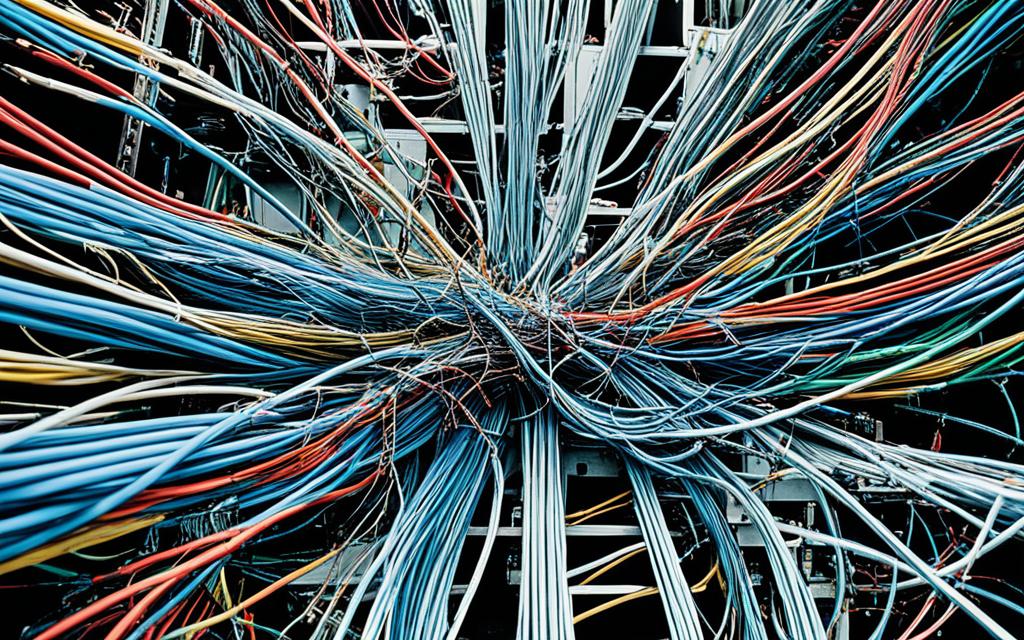
Signal Amplifiers and Line Extenders: Ensuring Signal Quality
To maintain signal integrity and ensure optimal performance, cable television infrastructure incorporates signal amplifiers and line extenders strategically placed along the trunklines. These devices boost the strength of the cable signals, compensating for any losses incurred during transmission.
Signal amplifiers strengthen the cable signals, preventing degradation as they travel through the optical fiber. Line extenders, on the other hand, are used to extend the reach of the cable signals over long distances.
Optical Signal Conversion and Distribution
At the headend, the electrical signals carrying television and internet data are converted into optical signals. These optical signals are then transmitted through the fiber optic trunklines until they reach the subscribers’ locations.
Upon reaching the subscribers’ locations, the optical signals are converted back into electrical signals and distributed through coaxial cables. Coaxial cables are commonly used within buildings to deliver cable television services to different rooms, ensuring a seamless viewing experience for subscribers.
Taps: Distributing Cable Signals
To enable the distribution of cable signals within a building, passive RF devices called taps are utilized. Taps allow the cable signal to be split and distributed to different rooms, ensuring that every subscriber has access to their desired cable channels.
Upstream Channels: Enabling Two-Way Communication
In addition to downstream channels, which deliver television programming and internet data to subscribers, cable television infrastructure also incorporates upstream channels. These upstream channels facilitate two-way communication between the subscriber’s cable box and the cable headend.
Upstream channels are crucial for services like pay-per-view and cable internet, allowing subscribers to request specific programming or send data back to the cable provider.
| Components | Function |
|---|---|
| Trunklines | Carry cable signals from headend to local neighborhoods |
| Signal Amplifiers | Boost cable signals to maintain signal quality |
| Line Extenders | Extend the reach of cable signals over long distances |
| Taps | Distribute cable signals within a building |
| Upstream Channels | Enable two-way communication between subscribers and cable providers |
Cable Television Evolution and Growth
Cable television has come a long way since its humble beginnings in remote locations. Today, it reaches millions of consumers worldwide, providing them with a vast array of entertainment options. The cable industry has experienced significant growth and development over the years, overcoming regulatory challenges and investing in infrastructure to cater to the increasing demands of viewers.
One of the key advancements in cable television is the introduction of digital cable systems. Digital cable offers clearer pictures and better audio quality compared to traditional analog transmission, enhancing the overall viewing experience for consumers. With digital cable, viewers can access a wider range of channels and enjoy additional features like on-demand content and interactive program guides.
Another significant factor driving the evolution and growth of cable television is the expansion of broadband networks. Cable providers have tapped into the vast potential of broadband internet services, offering high-speed internet access alongside cable TV packages. This integration of digital cable and broadband networks has revolutionized the way people consume media, enabling them to stream content, connect with online platforms, and access a wealth of digital resources.
This evolution in cable television has also led to the availability of bundled services, where providers offer television, telephone, and internet services in a single package. These bundles provide convenience and cost savings for consumers, consolidating their entertainment and communication needs into a single subscription. By offering comprehensive services, cable companies have expanded their customer base and strengthened their position in the market.
| Aspects | Digital Cable | Broadband Networks | Bundled Services |
|---|---|---|---|
| Definition | Transition from analog to digital transmission | High-speed internet access over cable lines | Combining television, telephone, and internet services |
| Impact | Improved picture and audio quality, more channels, interactive features | Enhanced online experience, streaming capabilities, access to digital content | Convenience, cost savings, consolidated services |
| Benefits | Clearer pictures, better audio quality, on-demand content | High-speed internet access, online connectivity | All-in-one entertainment and communication solution |
In summary, cable television has evolved significantly, integrating digital cable systems, broadband networks, and bundled services to cater to the evolving needs of consumers. The industry’s commitment to innovation and the adoption of new technologies has propelled its growth and ensured its relevance in the digital age. As cable television continues to evolve, it will likely embrace emerging technologies and adapt to changing consumer preferences, providing an immersive and seamless entertainment experience.
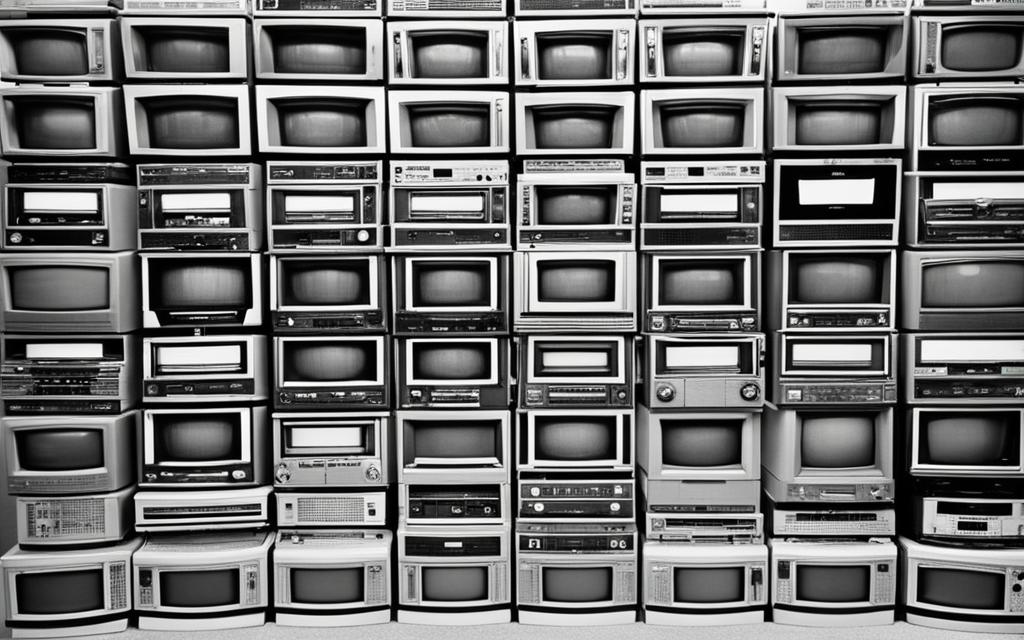
Major Cable Television Companies
In the 21st century, the cable television industry is dominated by a few major players that provide a wide range of services to millions of subscribers across the country. Let’s take a closer look at three of the largest and most influential cable television companies: Comcast, Charter Communications, and Mediacom.
1. Comcast
Established in 1963 and headquartered in Philadelphia, Pennsylvania, Comcast is one of the leading cable television companies in the United States. It operates in over 40 states and serves millions of customers with its comprehensive range of services.
2. Charter Communications
Founded in 1993, Charter Communications has grown to become the second-largest cable provider in the country. It offers its services to customers in 44 states, delivering high-quality digital cable, internet, and telephone services.
3. Mediacom
Mediacom, established in 1995, is focused on providing cable television services to underserved communities. Headquartered in New York, Mediacom operates in a variety of states and offers a range of digital cable, high-speed internet, and phone services.
These cable television companies have played a significant role in shaping the industry and meeting the evolving needs of consumers. With their advanced infrastructure, cutting-edge technologies, and commitment to customer satisfaction, Comcast, Charter Communications, and Mediacom continue to lead the way in delivering exceptional cable television experiences.
| Company | Founded | Headquarters | Services |
|---|---|---|---|
| Comcast | 1963 | Philadelphia, Pennsylvania | Digital cable, internet, telephone |
| Charter Communications | 1993 | Digital cable, internet, telephone | |
| Mediacom | 1995 | New York | Digital cable, high-speed internet, phone |
Conclusion
Cable television networks have played a crucial role in meeting the diverse broadcasting needs of consumers. With the growth and evolution of CATV networks, a wide range of cable television services have become available, including an extensive selection of channels, bundled offerings, and additional features such as internet access and telephone services.
The expansion of major cable television companies, such as Comcast, Charter Communications, and Mediacom, is a testament to the increasing demand and popularity of cable TV among consumers. These companies have continuously invested in infrastructure and technology to provide enhanced services and meet the evolving needs of their subscribers.
As the cable television industry continues to advance, we can expect further innovation and development in the services offered. The constant progression of technology will enable cable TV to adapt and deliver essential entertainment and communication services to consumers. With its extensive offerings and ever-improving capabilities, cable television remains a vital platform for meeting the diverse entertainment and communication needs of households.
FAQ
What is CATV?
CATV stands for cable television service, which utilizes a cabling infrastructure to support cable internet, television, and phone service over the same CATV lines.
How does CATV work?
Traffic on CATV networks runs over fiber optic cables on the provider’s end and over coaxial cables on the customer’s end. The Data Over Cable Service Interface Specification (DOCSIS) is the standard used for digital signaling over CATV lines.
What is DOCSIS?
DOCSIS stands for Data Over Cable Service Interface Specification, which is the standard used for digital signaling over CATV lines. Each version of DOCSIS improves data rates and adds new features.
What modem do I need for cable internet?
To get the full feature set and maximum performance from your cable internet connection, you must use a modem that supports at least the version of DOCSIS that your provider’s network supports.
How do I connect my cable modem to the cable service?
Coaxial cables with F-style connectors are used to connect cable modems to the cable service.
What is the history of cable television?
Cable television, initially known as CATV, started in the late 1940s when communities installed community antennas to access television programming in remote or mountainous areas. Over the years, cable television expanded into larger metropolitan areas with the involvement of big companies like Westinghouse and Cox. The industry faced regulatory challenges but saw a rise in subscribers with the easing of restrictions and increased investment in infrastructure and programming.
How is cable television distributed?
Cable television is distributed through coaxial cables or, in more recent systems, fiber-optic cables. Coaxial cables bring the signal from the cable company’s distribution facility to the subscriber’s building, where it is distributed to different rooms through built-in cable wiring.
Do I need a set-top box for cable television?
Yes, a set-top box or cable converter box is required to access cable channels, as most digital cable channels are encrypted to prevent theft. The set-top box decodes the selected channel and displays it on the television.
What additional services can be provided through cable television?
Additional services like internet access and cable telephone can also be provided through the same cables.
How has cable television evolved?
Cable television has evolved through the years, replacing analog cable with digital cable systems that offer clearer pictures and more data-carrying capacity. The industry has also embraced broadband networks and bundled services like internet and telephone.
Which are the major cable television companies?
Major cable television companies include Comcast, Charter Communications, and Mediacom. These companies offer a range of services including digital cable, internet, and telephone to millions of subscribers across the country.
What role do CATV networks play in cable broadcasting?
CATV networks play a vital role in delivering diverse cable broadcasting services to consumers. These networks have evolved and expanded over the years, offering a wide range of channels, bundled services, and additional features like internet access and telephone service.

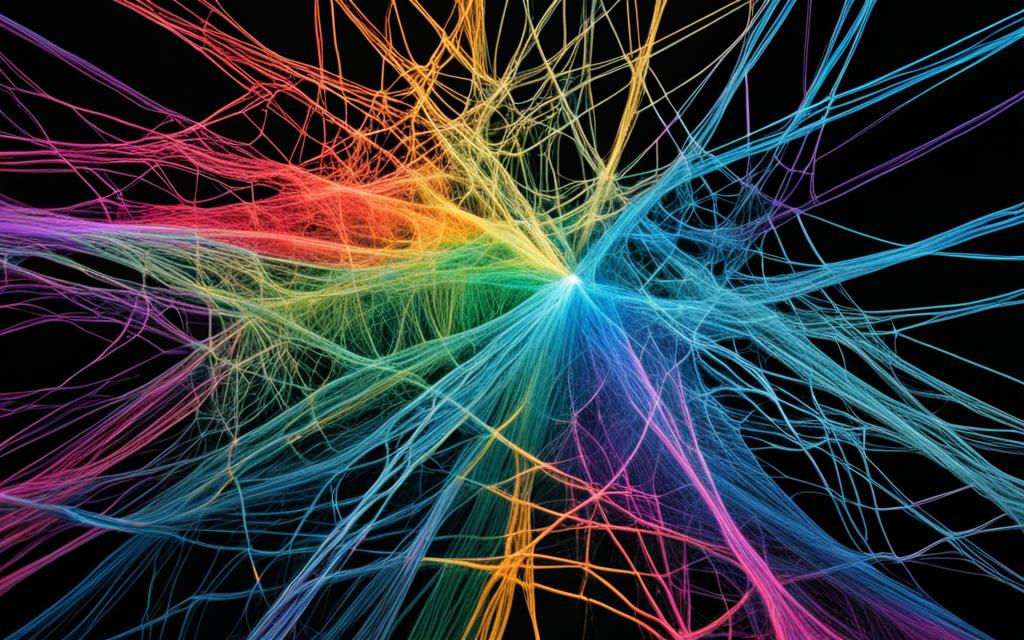
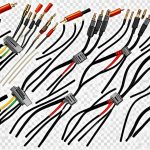












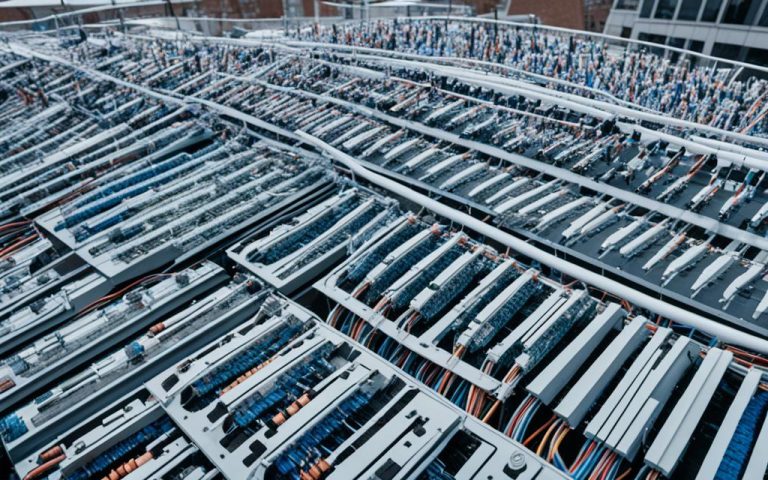

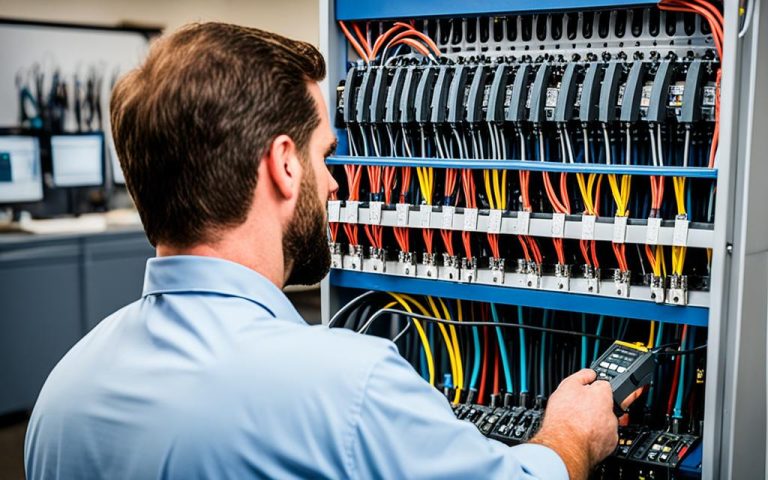
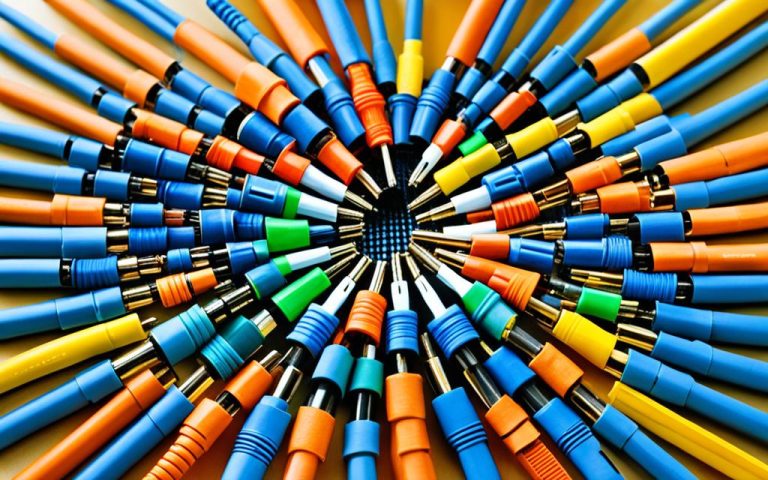

One Comment